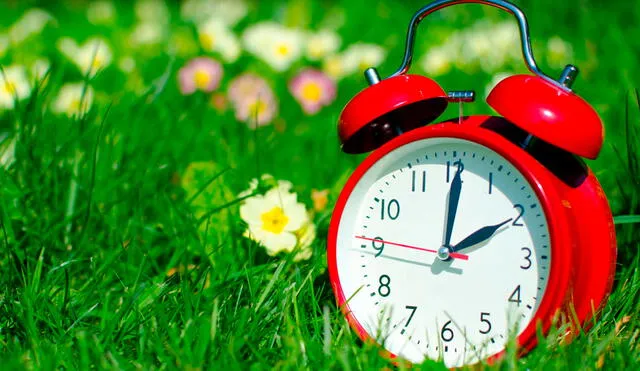Daylight saving time begins soon. Here’s when to set your clocks forward in 2025
The time change will take place on March 9, when an extra hour is added to the evening. This adjustment will bring longer afternoons and potential health risks. Find out how this shift affects you.

Daylight saving time (DST) is right around the corner, and it’s time to “spring forward” once again. In 2025, DST begins on Sunday, March 9, at 2 a.m. local time, which means clocks will move forward one hour. This yearly tradition, while controversial to some, is designed to maximize longer days of spring and summer. However, adjusting to the time change isn’t always easy, especially when it comes to sleep.
This modification often leads to a variety of questions about the effects of DST, its origins, and which states and regions are exempt from following this practice. As 2025 approaches, many are questioning whether this method will ever become permanent or if it will eventually be abandoned. This article answers the most common questions, including the health risks and strategies for adjusting to the time change.
What are the health risks of the time change and how can you adjust?
The shift to daylight saving time can disrupt your body’s natural circadian rhythm, which may lead to a range of vitality issues. Experts have linked the hour modification to an increase in heart attacks, strokes, and sleep disturbances. Studies suggest that the abrupt alteration to our sleep patterns, such as losing time of rest, can create a stressful period for the figure, potentially causing mood disturbances and fatigue. It can also lead to a higher danger of accidents due to impaired alertness.
To ease the transition, professionals recommend adjusting your schedule gradually in the days leading up to the time change. A few simple strategies can make this move less jarring for the anatomy. Dr. Darien Sutton, a medical expert, advises people to start going to bed 15 minutes earlier each night to prepare for the new itinerary. Additionally, getting plenty of sunlight can help regulate your internal clock and minimize the negative effects of the modification. If you feel tired, short naps of 20 to 30 intervals can help refresh you, but be mindful not to rest too late in the afternoon, as it could interfere with your nighttime sleep.
How can parents help their kids adapt to the time change?
Children, especially younger ones, often struggle with the DST, making it harder for them to refine their sleep patterns. Progenitors can support by encouraging more physical activity during the day, which will make it easier for kids to fall asleep at night. Limiting screen time before bed and creating a calm, dark environment can also promote better rest.
Additionally, for little ones who may rely on naps, adjusting their siesta programs can aid in the variation. Shortening afternoon snoozes or shifting their timing slightly can prevent the change from disrupting their nighttime sleep. With these realignments, parents can ease the transition and help their sons adjust to the new agenda without too much difficulty.












